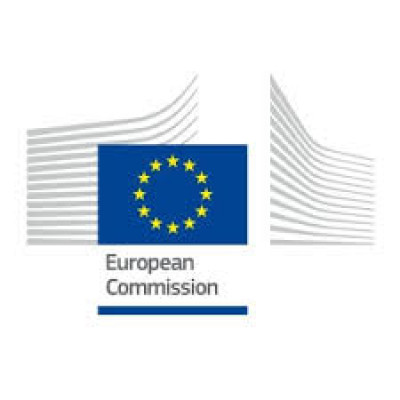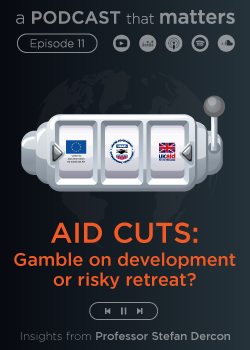Print

EPIC - Energy Poverty Indicators Calculation: 2022-IT-ENERGY
Details
Locations:Italy
Start Date:Jul 1, 2023
End Date:Jun 30, 2025
Sectors: Energy, Statistics
Categories:Grants
Funding Agencies:
Date posted:Aug 10, 2023
Description
Programme(s): Single Market Programme (SMP)
Topic(s): SMP-ESS-2022-ENERGY-H4-6254-IBA
Type of action: SMP European Statistics
Project ID: 101113410
Objective:
The project consortium is composed by the Beneficiary Gestore dei Servizi Energetici – GSE SpA. (Energy Services Agency) and two Associated Partners (Italian Ministry of Environment and Energy security - Mase and Acquirente Unico – AU SpA). The project aims to design and implement analytical and statistical processes on Energy Poverty (EP) defining and monitoring, improving and expanding current indicators, also through new data sources and new methodologies. A clear objective of the proposal is to provide proposals reliable and replicable at European level, contributing to the harmonization process of EP monitoring. The main core activities are: - In-depth analysis of the strengths and weaknesses of the different methodologies recommended and actually used today at European and international level to monitor EP; - In-depth analysis of currently adopted indicators based on surveys. The analysis, based on multiple parameters such as significance, frequency, timeliness, disaggregation, will provide elements useful to propose improved indicators; - In-depth analysis of administrative databases (such as those on consumption, buildings, incomes) to develop procedures for the construction and calculation of indicators on EP; - Development and calculation of innovative indicators such as multidimensional indicators, indicators that disaggregate energy expenditure (electricity, heat, transport), proxy variables to quickly estimate the evolution of EP conditions; - Translation of all the above points into procedures that can be evaluated by Eurostat and adopted in the various Member States - Design of a tool for calculating EP indicators that can be used both for statistical purposes and by families to assess their own degree of vulnerability. Regular dialogue with Eurostat, EU Member Countries and institutional European and international stakeholders, ensure valuable inputs and the dissemination and application of the results across Europe.
